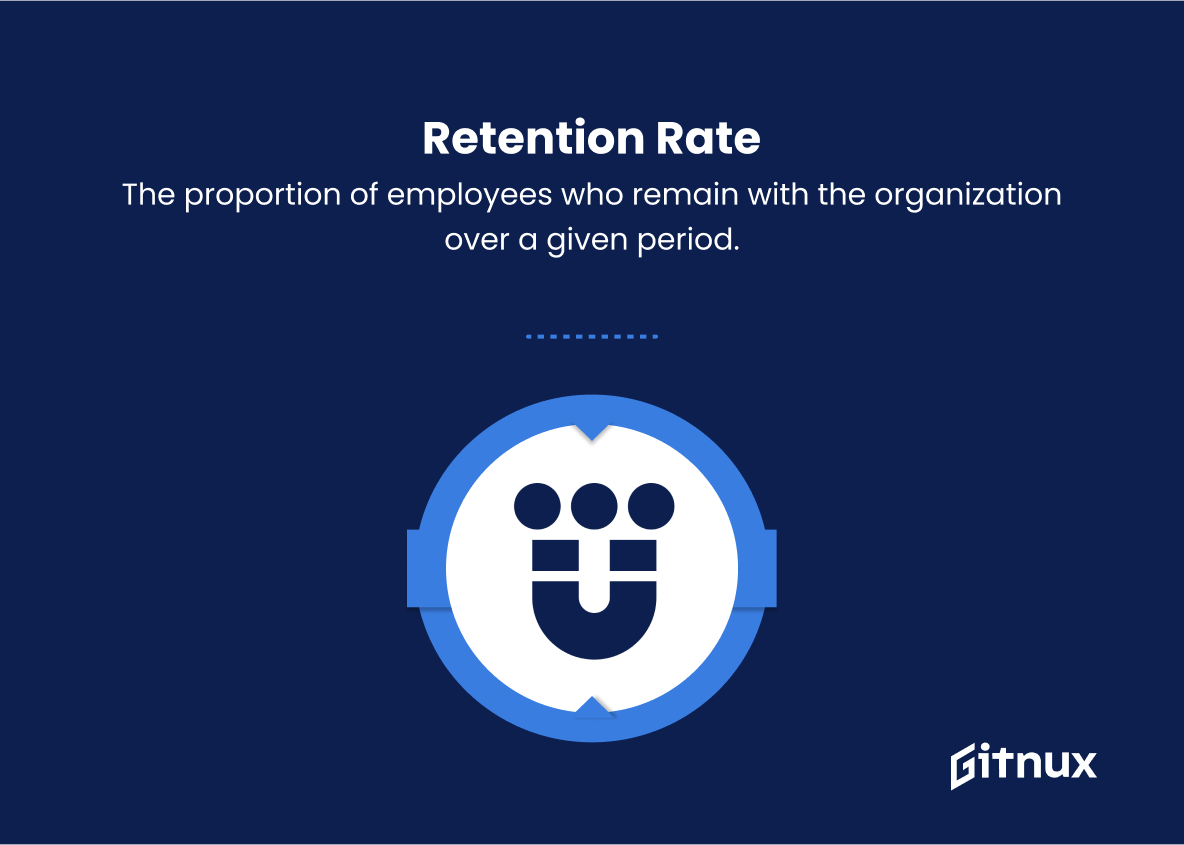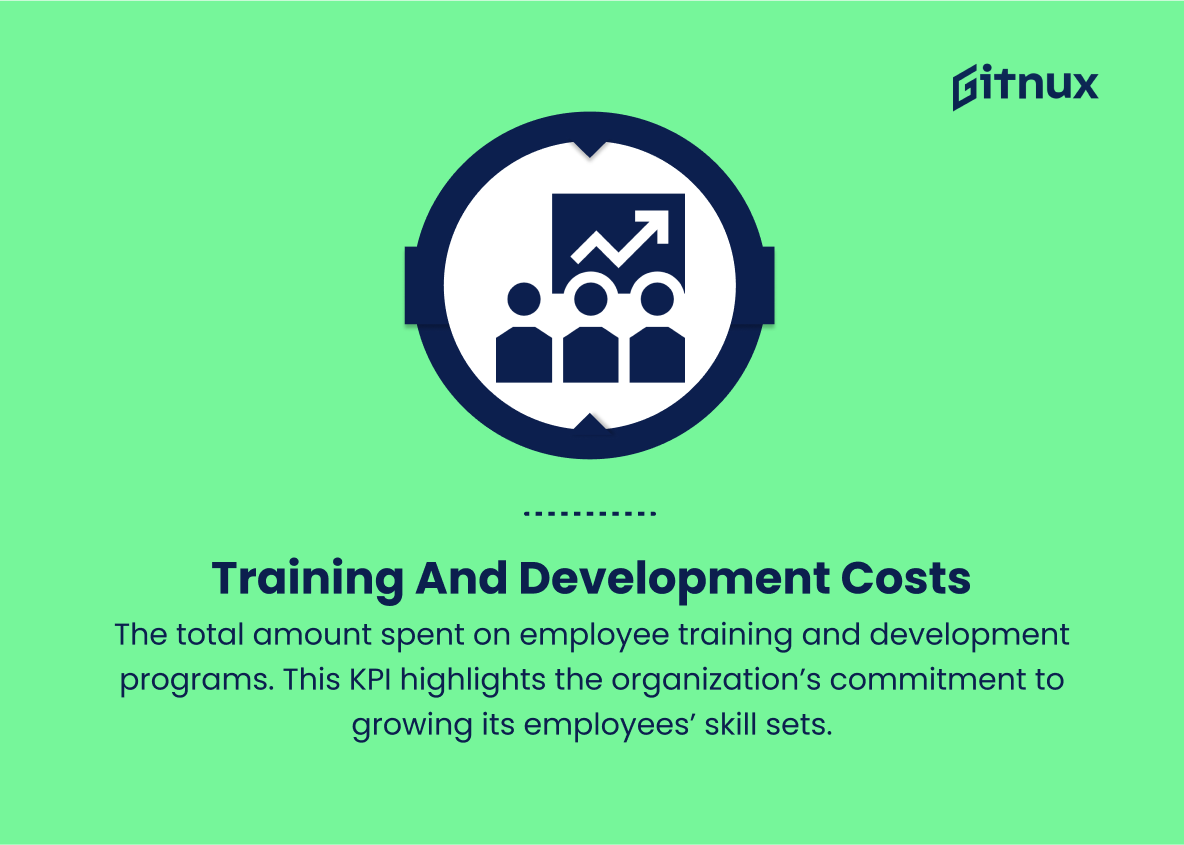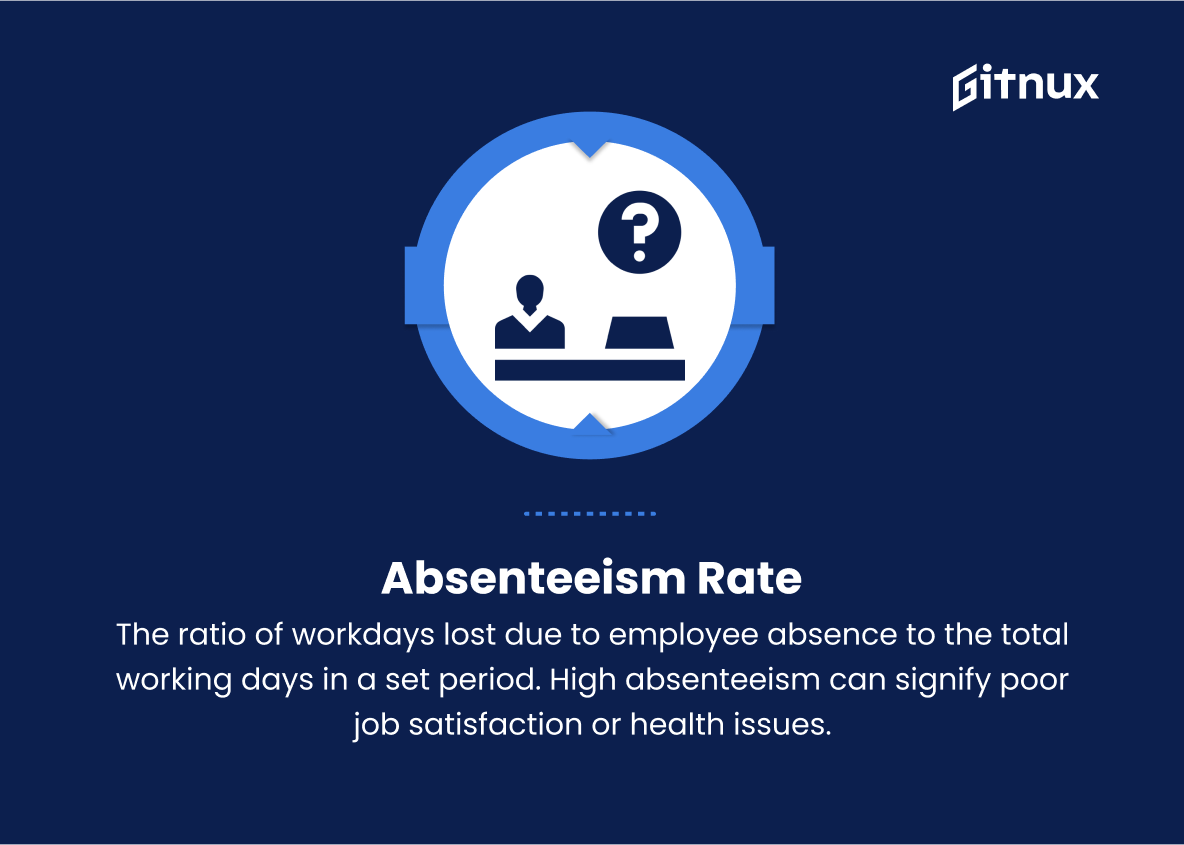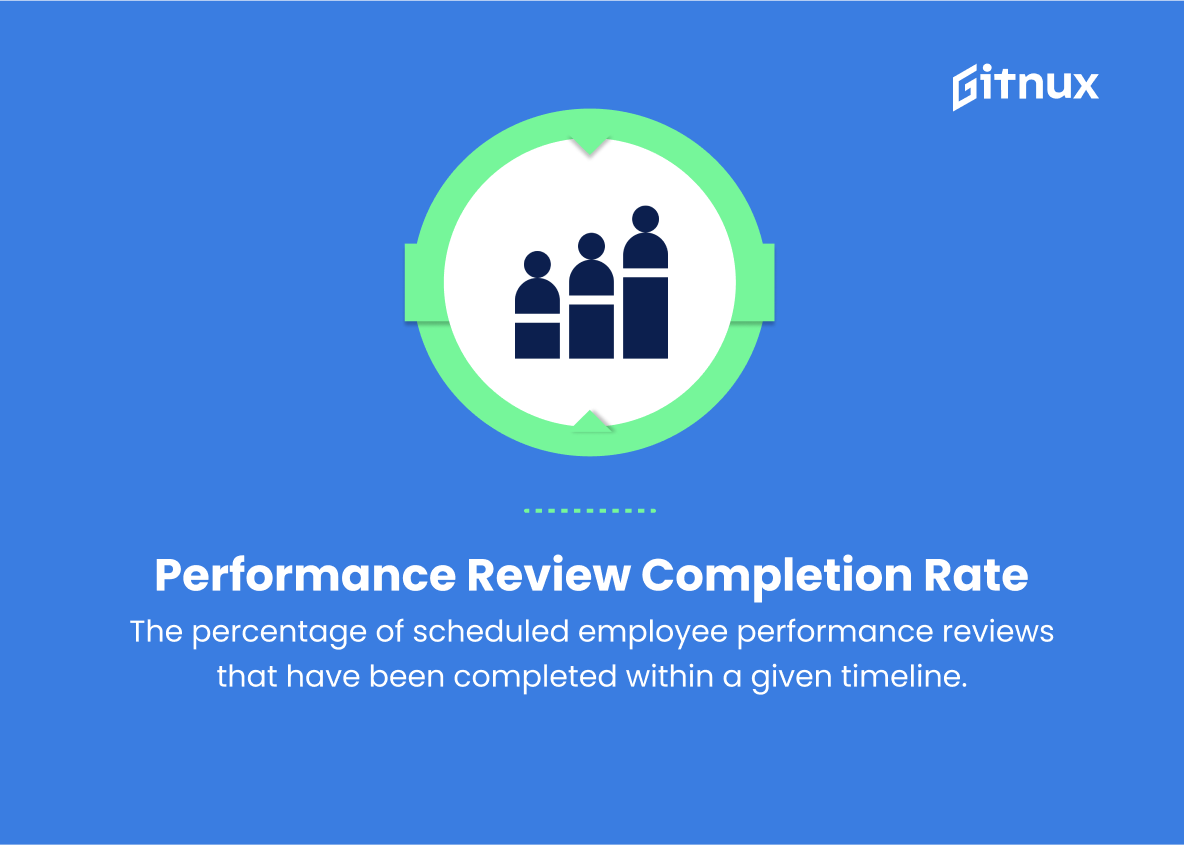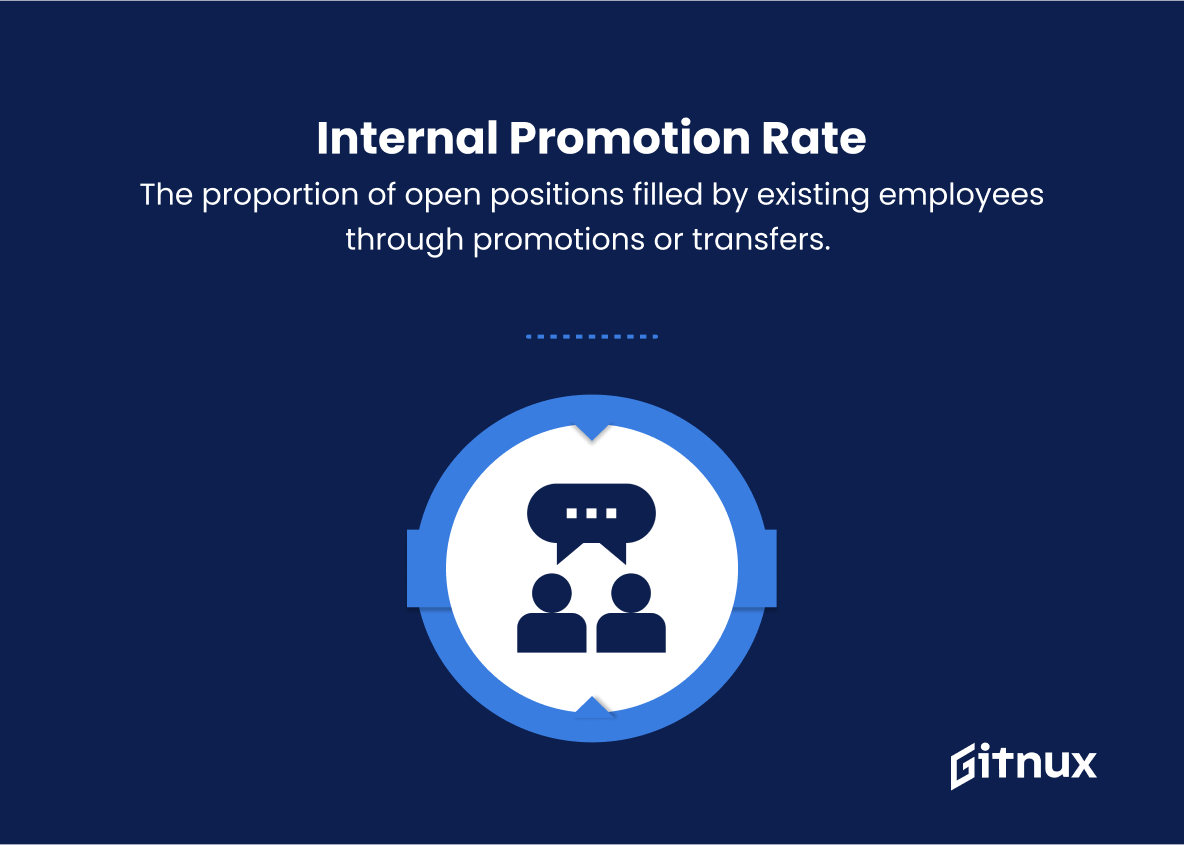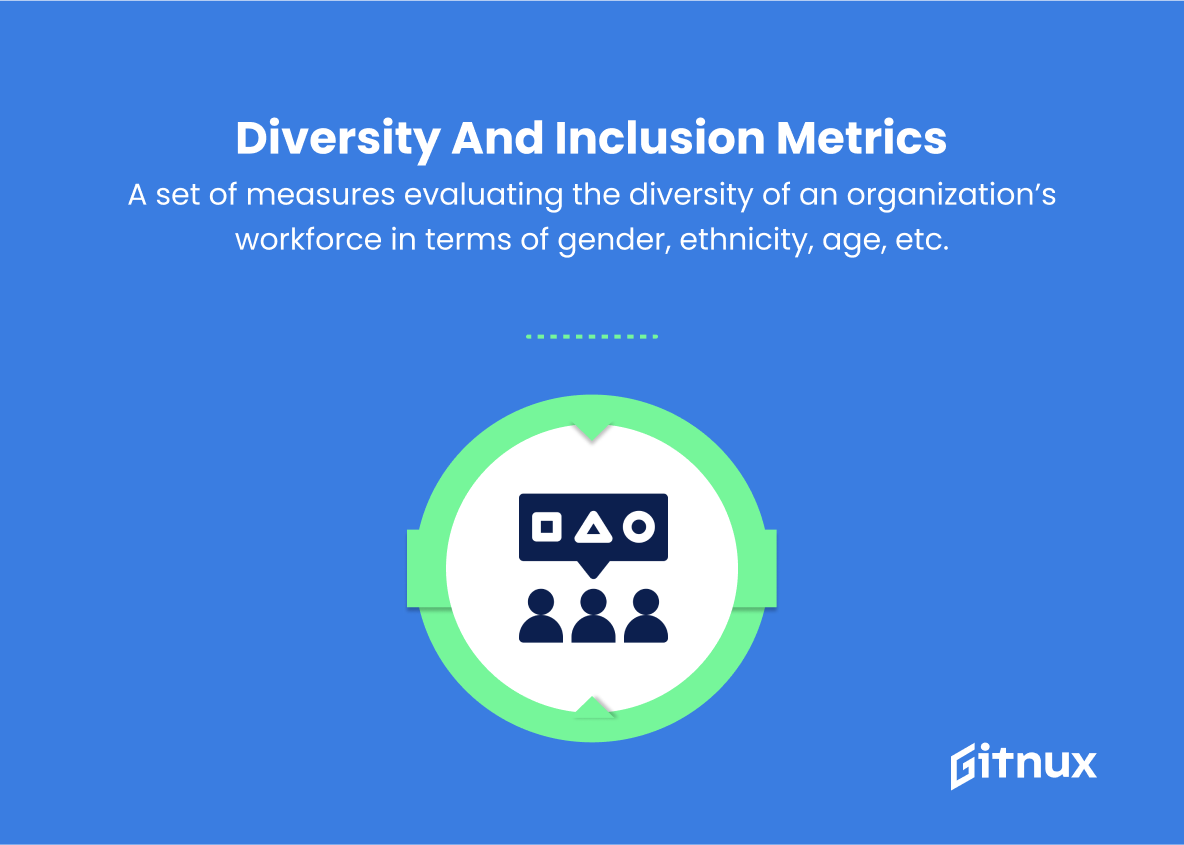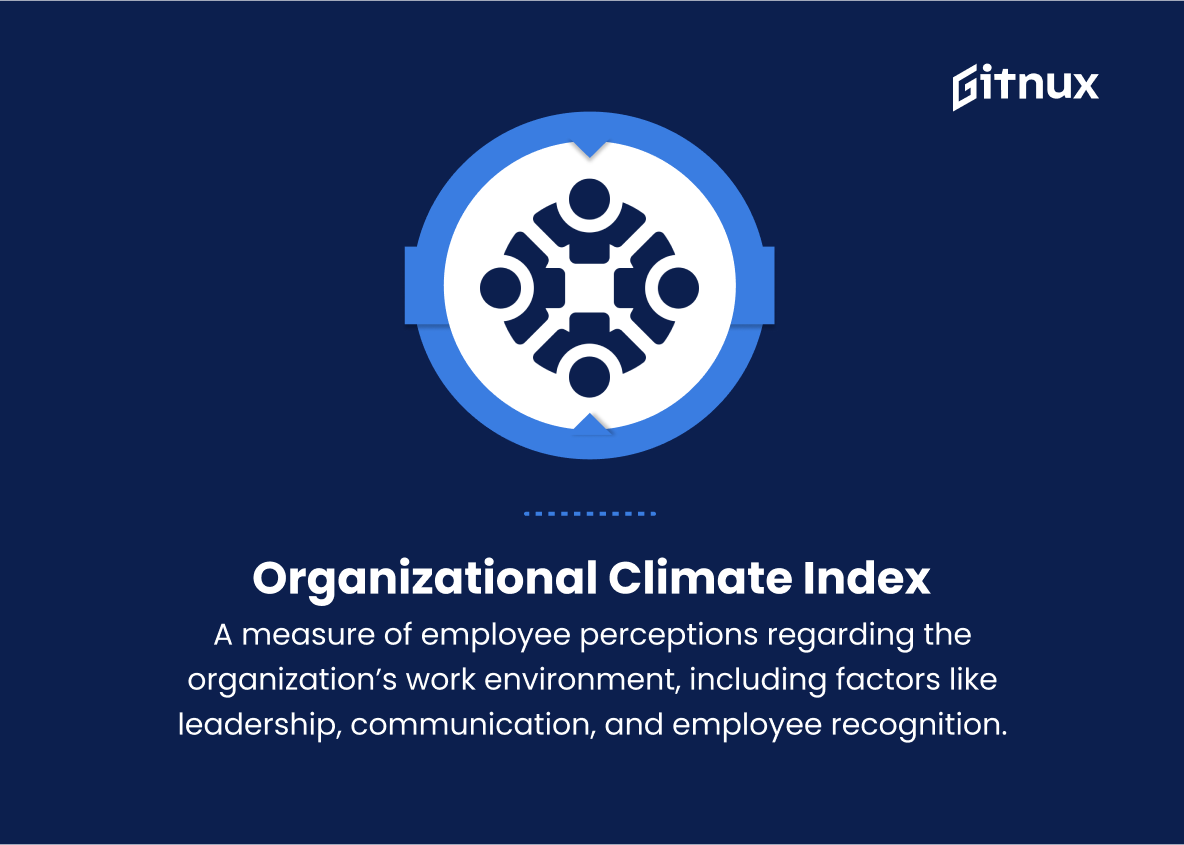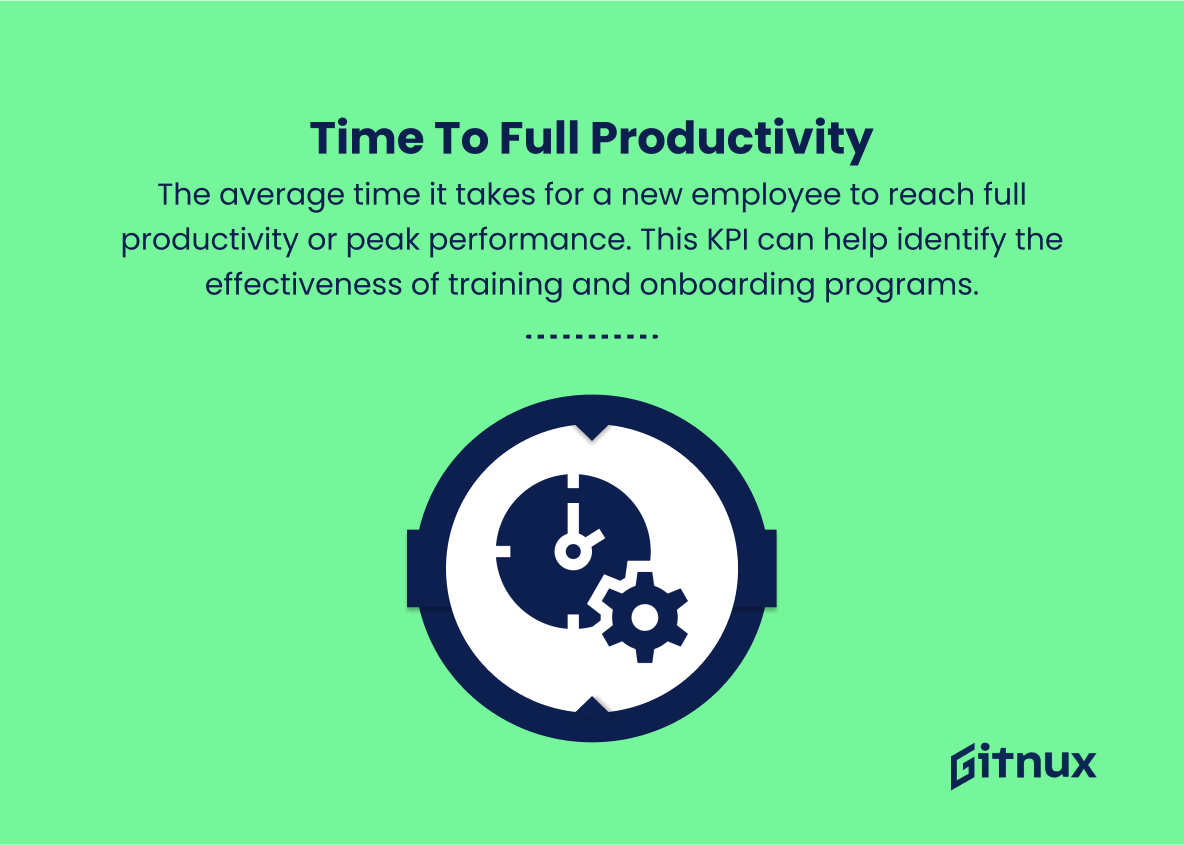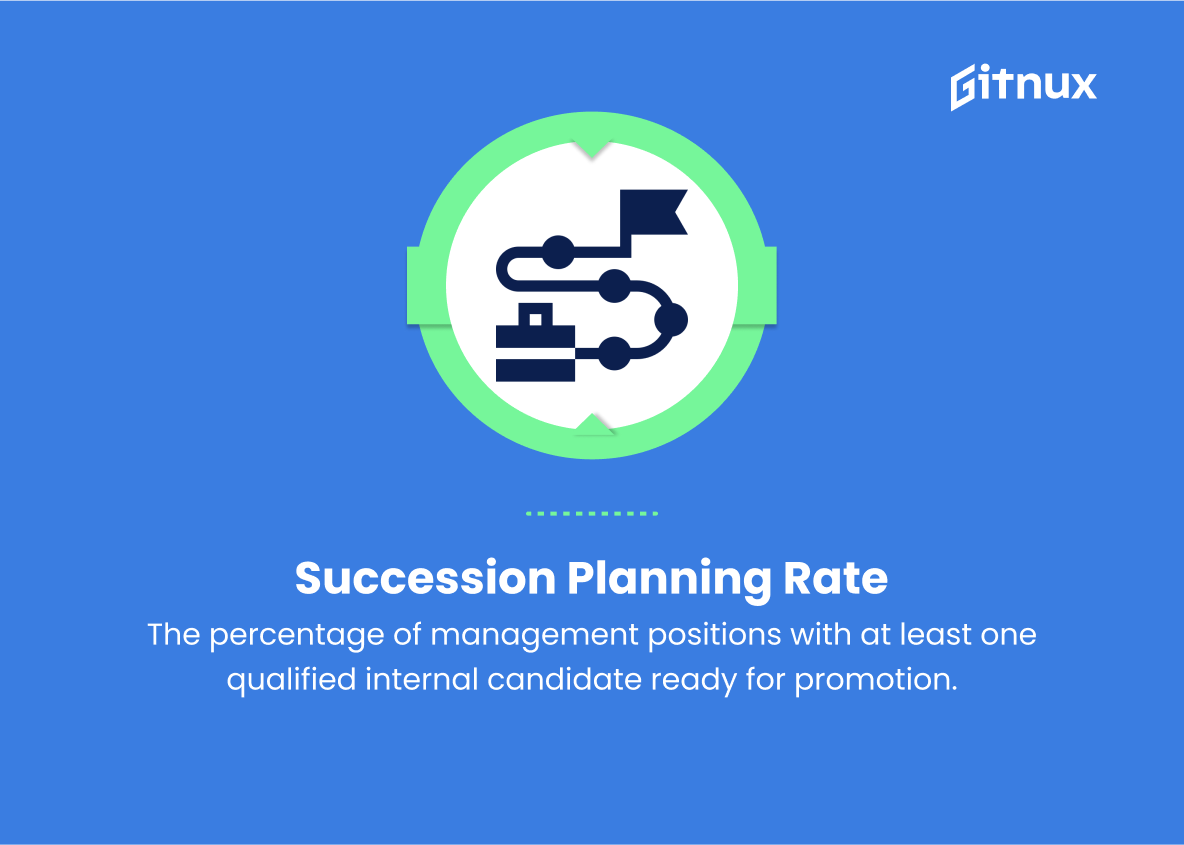As we navigate through the ever-changing landscape of human resources, understanding and leveraging HR Key Performance Indicators (KPIs) becomes crucial in driving growth, productivity, and success in any organization. In today’s highly competitive and demanding business environment, HR KPIs not only serve as valuable metrics for management, but they also lay the foundation for creating a powerful and engaged workforce, fostering a culture of learning, collaboration, and continuous improvement.
In this insightful blog post, we will delve into the world of HR KPIs, discuss their significance, explore their various dimensions, and ultimately, equip you with the necessary tools and knowledge to better align your organization’s HR strategy with its long-term objectives. So, let us embark on this significant journey together, embracing data-driven decision-making and unlocking the true potential of HR KPIs.
Hr KPIs You Should Know
1. Turnover Rate
Measures the rate at which employees leave an organization over a specified period. A high turnover rate may indicate a challenging work environment or inadequate compensation.
2. Time to Fill
The average time it takes to fill an open position from job posting to offer acceptance. A shorter time to fill usually means a more efficient recruitment process.
Absenteeism Rate is the ratio of workdays lost due to employee absence to the total working days in a set period.3. Cost per Hire
The total cost incurred to hire a new employee, including advertising expenses, recruiter fees, and onboarding costs. The goal is to optimize the cost without compromising talent quality.
4. Retention Rate
The proportion of employees who remain with the organization over a given period. A high retention rate typically indicates employee satisfaction and a healthy work environment.
5. Training and Development Costs
The total amount spent on employee training and development programs. This KPI highlights the organization’s commitment to growing its employees’ skill sets.
6. Employee Satisfaction Index
A measure of how satisfied employees are with their jobs, generally assessed through surveys. A higher index score suggests a more engaged, motivated, and satisfied workforce.
7. Absenteeism Rate
The ratio of workdays lost due to employee absence to the total working days in a set period. High absenteeism can signify poor job satisfaction or health issues.
8. Employee Productivity
The measure of employee output per unit of input, typically hours worked. Increased productivity often results from efficient work processes and motivated employees.
Time to Full Productivity si the average time it takes for a new employee to reach full productivity or peak performance.9. Performance Review Completion Rate
The percentage of scheduled employee performance reviews that have been completed within a given timeline. This KPI ensures a consistent process for evaluating employee performance.
10. Internal Promotion Rate
The proportion of open positions filled by existing employees through promotions or transfers. A higher rate indicates a strong commitment to employee growth and advancement.
11. Overtime Hours per Employee
The average number of overtime hours worked per employee in a specific period. This KPI can indicate workload or resource allocation issues that may impact employee morale and productivity.
12. Diversity and Inclusion Metrics
A set of measures evaluating the diversity of an organization’s workforce in terms of gender, ethnicity, age, etc. These metrics help assess the organization’s progress in fostering an inclusive workplace.
13. Organizational Climate Index
A measure of employee perceptions regarding the organization’s work environment, including factors like leadership, communication, and employee recognition. A positive climate index is vital for employee motivation and commitment.
14. Time to Full Productivity
The average time it takes for a new employee to reach full productivity or peak performance. This KPI can help identify the effectiveness of training and onboarding programs.
15. Succession Planning Rate
The percentage of management positions with at least one qualified internal candidate ready for promotion. Succession planning ensures a smooth transition and continuity in key leadership roles.
Hr KPIs Explained
HR KPIs play a crucial role in evaluating the overall health and effectiveness of an organization’s workforce. Turnover Rate highlights potential issues with work environment or compensation, while Time to Fill and Cost per Hire assess the efficiency and quality of recruitment processes. Retention Rate demonstrates employee satisfaction, and Training and Development Costs emphasize the importance of employee growth.
Employee Satisfaction Index, Absenteeism Rate, and Employee Productivity indicate levels of motivation and potential issues impacting morale. Performance Review Completion Rate ensures consistency in evaluations, and Internal Promotion Rate showcases commitment to career advancement. Overtime Hours per Employee help identify workload distribution issues, while Diversity and Inclusion Metrics assess progress in creating inclusive environments.
Organizational Climate Index measures perceptions of work environments, Time to Full Productivity evaluates onboarding effectiveness, and Succession Planning Rate ensures continuity in leadership roles. These KPIs, when studied collectively, provide valuable insights into the organization’s success in managing and developing its most important asset: its employees.
Conclusion
In closing, HR KPIs play a pivotal role in driving effective human resource management strategies and aligning HR objectives with overall business goals. By selecting and consistently tracking relevant KPIs, organizations can optimize HR processes, mitigate risks, promote employee engagement, and set benchmarks for future performance. It is essential for organizations to regularly review and adjust their HR KPIs to match the evolving business landscape and workforce dynamics.
With a strong focus on HR KPIs, organizations can make informed decisions and effectively shape organizational culture that will, in turn, contribute to long-term success and sustainability.



